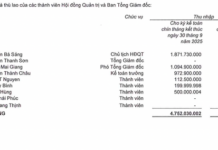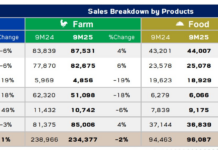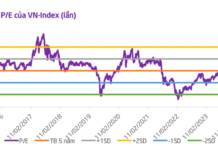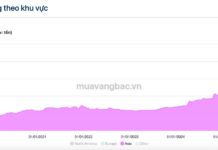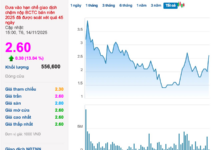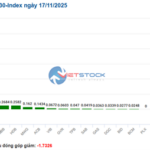The Era of “Double Incentives” Fades as Vietnam’s Auto Market Embraces the “Triple Advantage” Trend
In Vietnam’s automotive market, financial promotions are no longer mere add-ons but pivotal factors directly influencing purchasing decisions. Over the past few years, most brands have adopted the “double incentive” strategy, offering either registration fee support or low-interest loans. This approach effectively reduces upfront costs, boosting sales, especially during periods of weak demand.
However, as consumers increasingly focus on the total cost of ownership (TCO) rather than just the sticker price, the “double incentive” is losing its appeal. Beyond down payments and loan interest, maintenance costs—a significant portion of ownership over 3–5 years—are becoming a major concern. This shift has prompted some brands to introduce the “triple advantage,” combining registration fee support, low-interest loans, and long-term maintenance packages.
Among these, Omoda & Jaecoo is the first brand in Vietnam to offer all three incentives simultaneously. Celebrating their one-year market presence, they launched the “3-0” policy: 0% interest, 0 registration fee, and 0 maintenance cost for 5 years or 50,000 km (terms apply).

Omoda & Jaecoo introduces the “3-0” offer to Vietnamese customers, replacing the traditional double incentives. Photo: Omoda & Jaecoo Vietnam
Specifically, three Omoda & Jaecoo models feature the “3-0” program. The Omoda C5 offers 100% registration fee waiver, 0% interest for the first 12 months, up to 96-month loans, and 5 years of free maintenance. The Jaecoo J7 Flagship provides 90% registration fee support (approx. 70 million VND), 0% interest in the first year, and similar loan terms. The Jaecoo J7 PHEV (SHS) hybrid offers 90% registration fee support (90 million VND), a 25 million VND gift, and a 30-day buyback guarantee.
Market-wise, the focus isn’t on the scale of promotions but on the structure of the package. By extending benefits beyond purchase to the ownership phase, brands are shifting from “selling cars” to “maintaining car value.”
Competing Through Ownership Value: A Shift in the Mass Auto Market
Price-based competition is no longer effective as Vietnam’s car prices stabilize, while operating costs and loan interest rates remain high. Consumers now prioritize brands with transparent maintenance costs, clear service processes, and reliable after-sales systems.
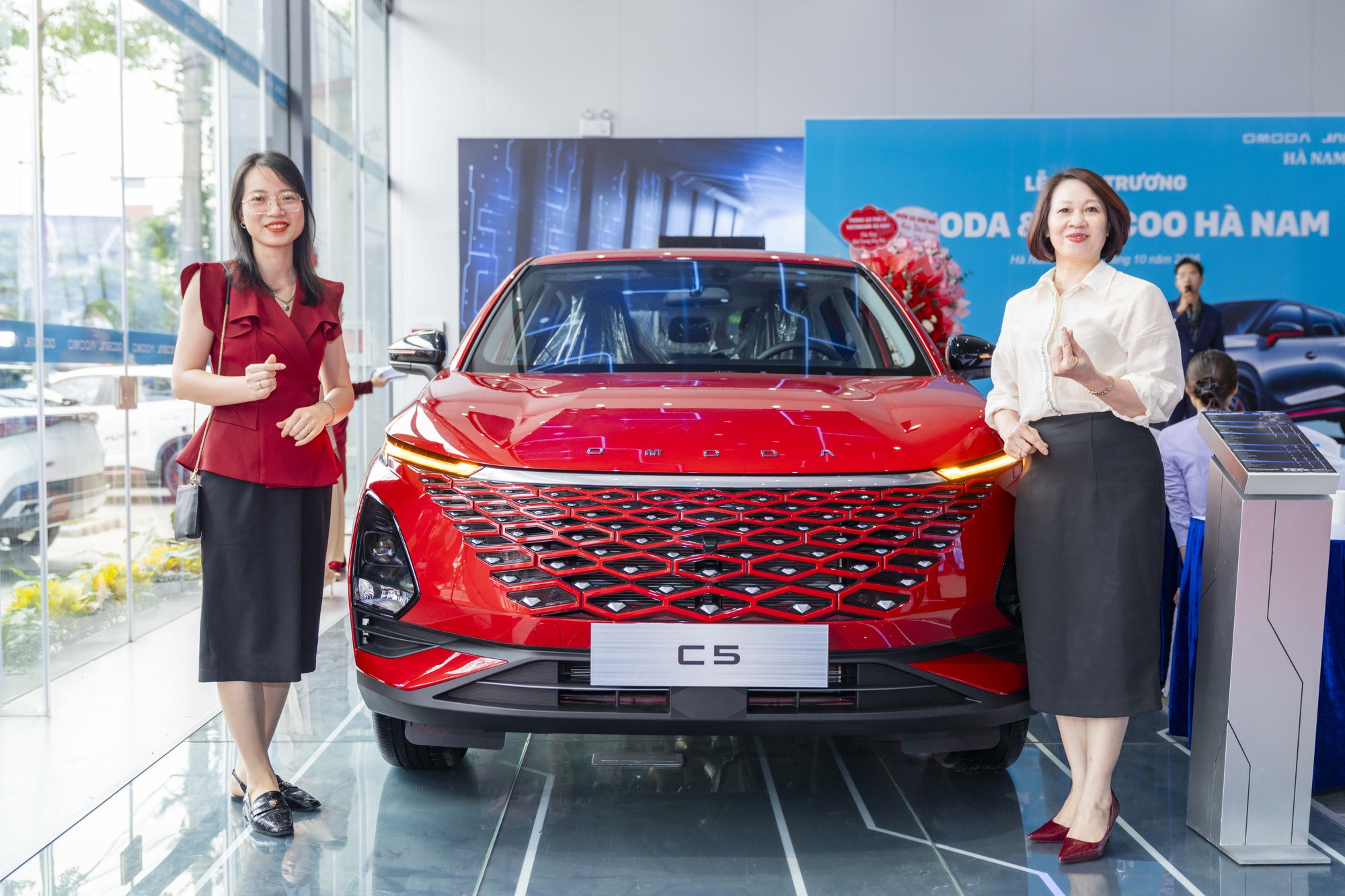
The Omoda C5 offers 100% registration fee waiver, 0% interest for 12 months, up to 96-month loans, and 5 years of free maintenance. Photo: Omoda & Jaecoo Vietnam
Industry experts note that long-term maintenance incentives not only reduce costs but also signal a vehicle’s quality and reliability. Brands can only sustain multi-year free maintenance if they have robust service capabilities, stable parts supply, and operational efficiency. Thus, the “triple advantage” is more than a promotion—it’s a long-term investment strategy.
Omoda & Jaecoo exemplifies this. In their first year, they established 35/39 official distributors nationwide and began construction of a Geleximco-Chery joint venture plant in Hung Yen. Localized production reduces component costs and enables long-term warranty and maintenance policies, underpinning their “triple advantage” model.

The “3-0” program includes 0% interest, 0 registration fee, and 0 maintenance cost for 5 years or 50,000 km (terms apply). Photo: Omoda & Jaecoo Vietnam
Broader market trends suggest this could pressure other brands to adjust their promotions. As consumers prioritize real ownership value, the “3-0” model may become the new competitive standard, much like the “double incentive” did years ago.
From a market perspective, the “triple advantage” reflects maturing consumer behavior, as buyers consider the entire product lifecycle, and brands respond with deeper, more sustainable policies rather than temporary discounts.













